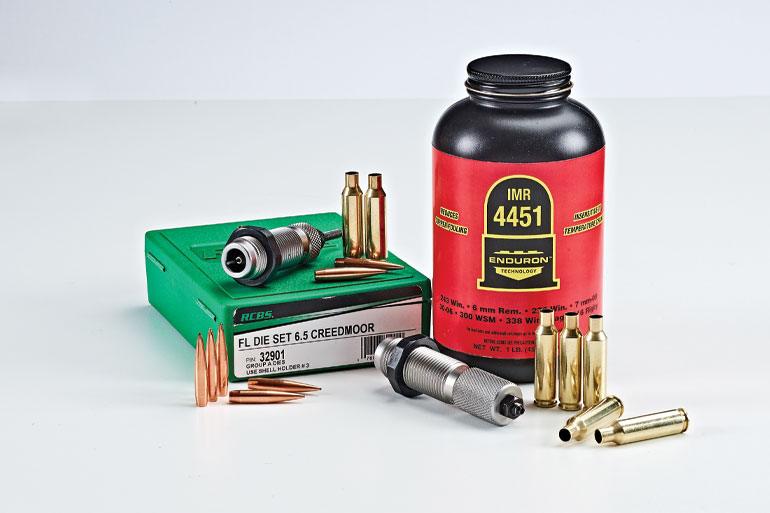Rflshootr
Well-Known Member
This is the third time I've heard from customers telling me that Berger is handing out insane load advice in the last 6 months.
They really need to get reigns on whoever is doing it. They are going to get someone hurt.
When testing this bullet, I hit pressure around 2900fps with almost every powder tested. 3125 is certifiably insane.
You have to remember...every barrel and every chamber is unique to itself. Every brand of bullet is different. Different weights of bullets are different. Different lots of bullets are different. Lots of powder are different. Brands and lots of primers are different....and if you haven't caught on yet, the same goes for brass. What Berger, Hornady, Hodgdon and everyone in between use for pressure testing....you guessed it... IS DIFFERENT. Conditions are different. Temperatures are different. You MUST ALWAYS start at the bottom and work up slowly. Anytime you change just one component....the results will be different! That also includes Overall Length.That was what I thought to. Initially I was only loading to 56.5gr. Then I also had some Berger 153.5's. Called Berger and they told me 57.0 min to 63.3 max Retumbo, I thought the guy was on Crack called back another day and talked to a different guy he told me the same thing. Told him that the case will not hardly even hold 63.3 he said that it was a compressed load. I actually got to 62gr before pressure signs on the virgin brass. That is when I decided to tried pushing the A-Tips a little more and came up with the 60gr load for both the Bergers and Hornady bullets.
Last edited:

